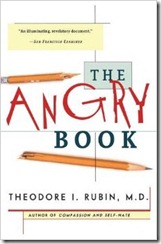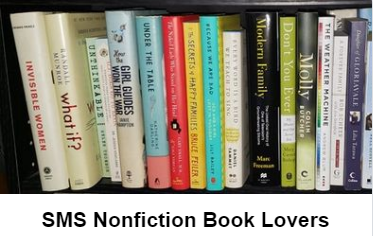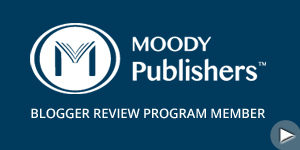
The Angry Book by Theodore I. Rubin, M.D.
Stars: ***
Simon & Schuster (1969)
Self-Actualization/Self-Help General
216 pages
Summary: Don’t get even — get mad, and get over it!
When your love life is boring, maybe you don’t fight enough? When sex leaves a person cold, is frozen anger the problem? If you work too much, eat too much, drink too much, is it because you are afraid to get mad? Did you ever think of your anger as something constructive?
When you lose your temper honestly, it can be good for you. In this perennially bestselling book, eminent psychiatrist and bestselling author Dr. Theodore Isaac Rubin shows how one of the most powerful human emotions can change your life. Suppressed or twisted anger can lead to anxiety, depression, insomnia, psychosomatic illness, alcoholism, frigidity, impotence, and downright misery. But understanding and releasing anger can lead to greater health, happiness, and emotional wholeness.
Let Dr. Rubin show you how to be what you are: a human being.
The Angry Book
I’ve had this old book for a while but had never really read it through. I don’t know why but it just sat there. Then two days ago I was really angry and saw it on the bookshelf and started reading. I finished yesterday. It’s not a long book so it didn’t take me long to read.
Anyways it has a few sections that help show the different ways that anger can surface or bubble beneath the surface and ways that you can help heal from anger build up.
Beginnings
This section includes some general information about anger and how anger starts to be a real problem for many people.
“Those of us who are physiologically whole are born with the potential to feel and to express anger. But the things that make us angry and the ways we feel and the things we do when we are angry are not the same for all of us.” – pg 5
Perversions
This section shows the many ways that people pervert the normal flow of anger. It introduces the idea of a slush fund which is a build up of emotional slush in our bodies. The idea is that recognizing these perversion will be helpful in stopping the twisting of the poisons in your slush fund.
“The victim of putting it off delays feeling anger and responding to it, either unconsciously, consciously or both. This is the person who generally puts of problems, conflicts, decisions, responsibility and doing whatever has to be done. He feels that if it doesn’t go away, at least there may come a time when it will be safer to feel, to express, and to do. Actually his slush fund builds up, produces various poisons, becomes full to the point of explosion and makes him feel less and less capable of handling his angry feelings.” – pg 22
Twisting It
This section refers to the way that healthy angry feelings turn into a slush bank of perverted anger. Twisting is the way these distorted expressions come out.
“Anger – perverted anger – slush is sometimes converted to poisonous talk.” – pg 64
“Savers are the victims of long-term poison. They are special “don’t make wavers” who spend a lifetime twisting perverted anger into a cancerous, poisonous smoke screen.” – pg 87
“Many of the compulsive joker’s “jokes” are anything but funny. Some are thinly veiled statements conveying extreme hostility. For the most part, they are blatantly personal, bigoted, vicious, vulgar, often disgusting and always destructive. They are designed to sneak in and dissipate enormous rage under the guise of entertainment and good fellowship.” – pg 122
Untwisting
This section is about stoping, preventing and reversing the perversions mentioned in the previous chapter.
“Anger is not a black-or-white, all-or-nothing feeling or response. […] They feel that any feeling or show of anger is tantamount to loss of control and is the same as a huge, uncontrollable temper tantrum. They regard this as a sinful and dangerous misdeed – a strike against one’s self – and as potentially dangerous, to say the least.” – pg 143
“Again and again people ask, “I was right, wasn’t I? It was right to get angry, wasn’t it?” […] Justice or justification simply has no bearing on the angry issue. Getting angry is neither right nor wrong. People who seek justification are attempting to rationalize or to excuse their anger because they don’t quite accept it.” – pg 155
Taking a Chance on Anger
This section is full of questions to ask yourself to help you figure out where you are at with your anger, what beliefs you hold, what you have learned from the book and how you will work to deal with your anger in a healthy way from now on. There are 103 questions.
Overall Thoughts
Overall I think it’s a worthwhile book to someone who wishes to know more about how people display anger (in many ways you might not have thought had anything to do with anger) but it’s not the book of choice if you want more information on the emotion as it relates to other emotions. The last two chapters are helpful but this book is not a substitute for an anger management program.
One chapter from the book mentioned the difference between anger and madness which I found interesting so I did more research and wrote a post on another blog of mine if you are interested: The Difference Between Angry and Mad.








